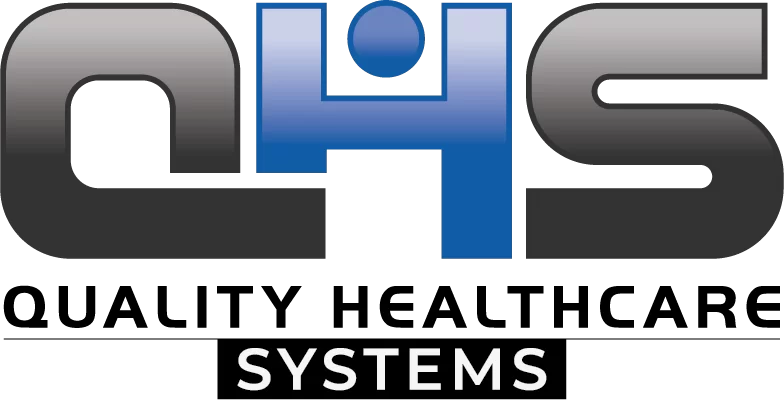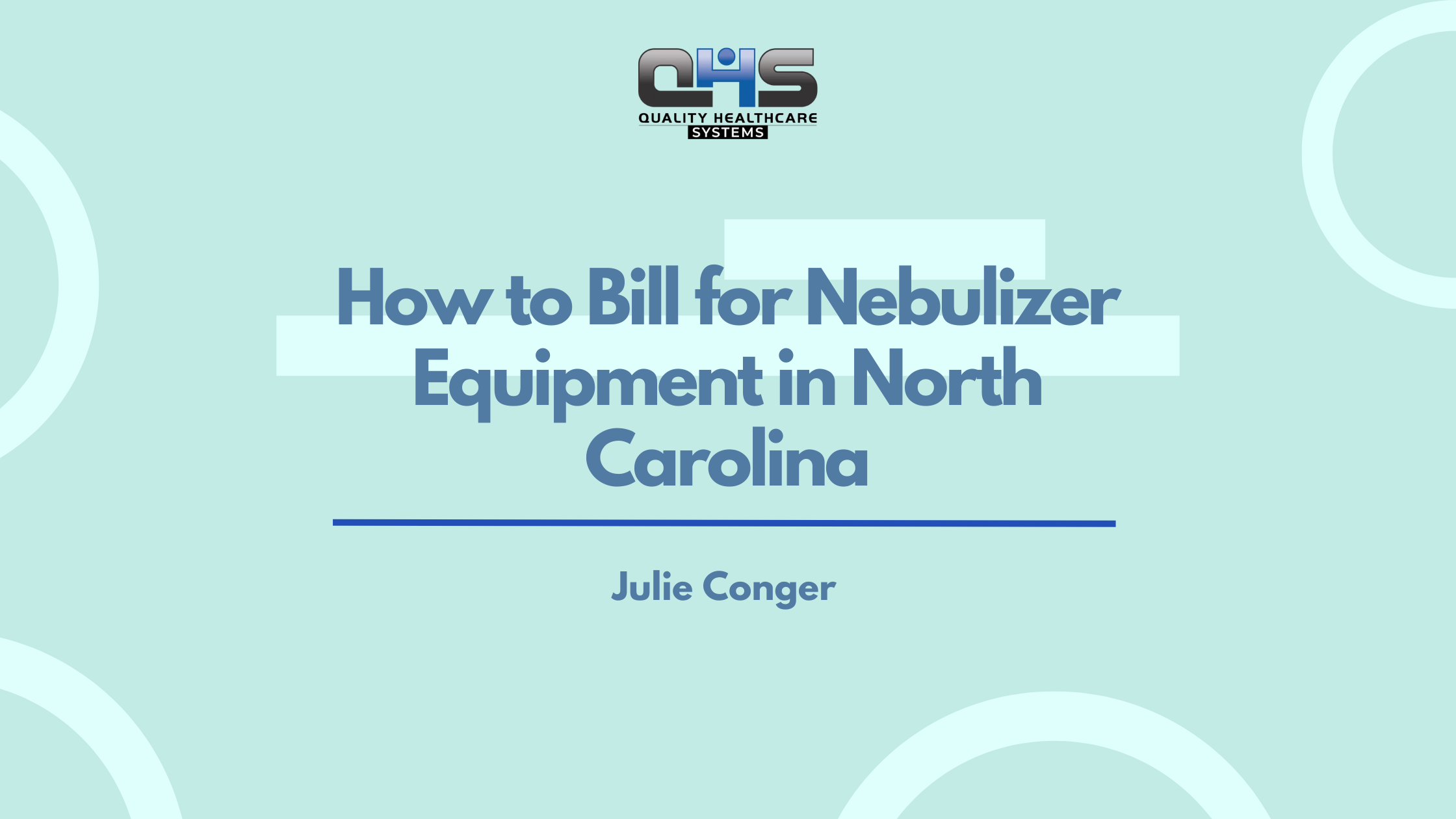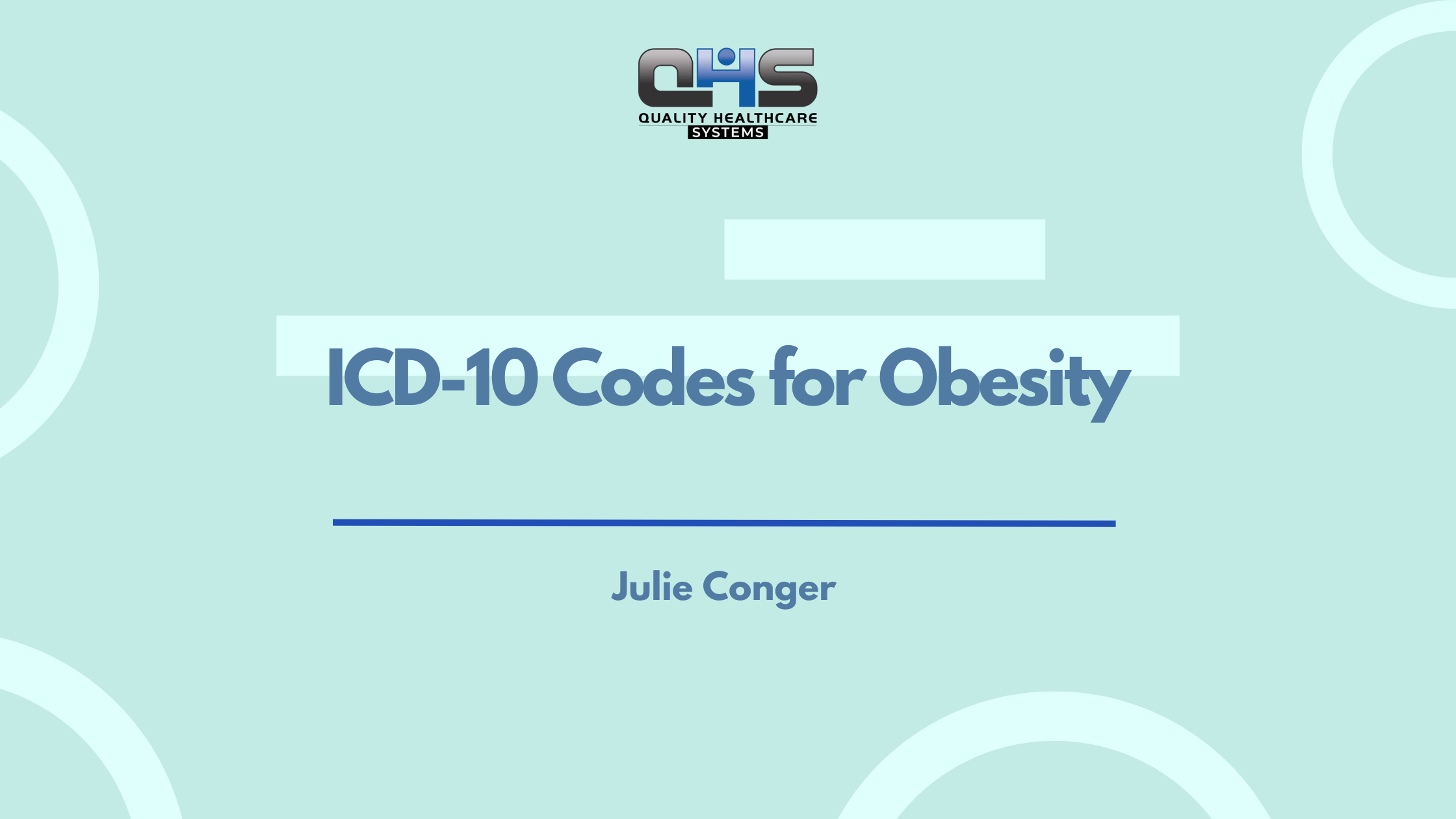With chronic wounds affecting over 6.5 million patients annually in the U.S., efficient and accurate billing has become essential for wound clinics to survive and scale. In High Point, where providers often juggle complex payer rules and recurring treatments, woundcare medical billing is more than just paperwork—it’s the key to steady cash flow and compliance.
From coding frequent debridements to navigating North Carolina Medicaid guidelines, your billing partner must understand both clinical details and local payer demands. That’s where our specialized woundcare billing services step in—so you can focus on healing, not denials.
What Is Woundcare Medical Billing?
Woundcare medical billing refers to the process of accurately coding and submitting insurance claims for wound treatment services provided by healthcare professionals. It involves translating wound care procedures, such as debridement, application of skin substitutes, and dressing changes, into standardized medical codes like CPT (Current Procedural Terminology) and ICD-10 (International Classification of Diseases, 10th Edition) for reimbursement.
This area of billing is complex due to the high variability in wound type, depth, chronicity, and treatment setting (e.g., outpatient vs. inpatient). For example, CPT code 11042 may be used for debridement of subcutaneous tissue, but it must be paired with the appropriate ICD-10 diagnosis, such as L97.312 (non-pressure chronic ulcer of right lower leg).
How to Bill for Woundcare Medical Billing?
To bill for woundcare medical services, providers must use accurate CPT and ICD-10 codes, ensure detailed documentation of the wound and treatment, and follow payer-specific rules on frequency and medical necessity. Billing errors in woundcare often lead to denials, making it essential to follow a structured, compliant process.
Step-by-Step Woundcare Billing Process
- Document Wound Characteristics Thoroughly
-
-
Record wound type (e.g., diabetic ulcer, surgical wound)
-
Include location, laterality, and severity
-
Measure length, width, and depth in centimeters
-
Note drainage, infection signs, tissue type, and stage (for pressure ulcers)
-
- 2. Use Correct CPT Codes
-
11042–11047 for surgical debridement (based on depth)
-
97597–97598 for selective, non-surgical debridement
-
Use add-on codes for larger wounds (>20 sq. cm)
-
- 3. Assign Specific ICD-10 Diagnosis Codes
-
Match wound type and location (e.g., L97.412 – Non-pressure ulcer of left heel)
-
Pair with systemic conditions when applicable (e.g., E11.621 for diabetic ulcers)
-
- 4. Apply Modifiers When Required
-
-59 for distinct procedures on separate wounds
-
-76 for repeat procedures by the same provider
-
-25 if billing an E/M visit with a procedure
-
- 5. Check Payer Guidelines
-
Review frequency limits (e.g., weekly debridement caps)
-
Ensure prior authorization for advanced procedures like skin substitutes or NPWT
-
Follow NC Medicaid or BCBS-specific documentation requirements
-
- 6. Submit Claims Promptly via EHR or Clearinghouse
-
Verify insurance eligibility and patient coverage
-
Attach necessary wound documentation if required
-
Monitor claim status and resolve denials quickly
-
Challenges Faced by Woundcare Providers in High Point
Woundcare providers in High Point face a unique set of billing and reimbursement challenges due to local payer policies, strict coding requirements, and operational limitations common to smaller clinics.
1. Local Payer Variations
High Point providers must navigate North Carolina-specific Medicaid policies and regional Blue Cross Blue Shield (BCBS) plans, which often differ in:
-
Prior authorization requirements for advanced wound therapies
-
Frequency limitations on debridement or skin substitute use
-
Documentation expectations, which are stricter than national standards
For example, NC Medicaid may restrict wound debridement billing to once per week per wound site unless exceptional medical necessity is clearly documented.
2. Common Denial Reasons
-
Insufficient documentation: Missing wound measurements, lack of progress notes, or incomplete care plans often trigger denials.
-
Incorrect or missing modifiers: Modifiers like -59 (distinct procedural service) or -76 (repeat procedure) are frequently overlooked, leading to claim rejection.
-
Code mismatch: Using CPT codes without pairing them with specific ICD-10 codes (e.g., linking CPT 11043 with a vague diagnosis like “unspecified wound”) is a major cause of non-payment.
3. Impact of Billing Delays on Small Wound Clinics
Billing delays can severely affect small and independent wound care providers by:
-
Creating cash flow disruptions that hinder purchasing of supplies like skin grafts or NPWT systems
-
Increasing administrative burden, as staff must spend more time on appeals and resubmissions
-
Delaying patient care when authorizations or reimbursement approvals are pending
Key Woundcare CPT Codes (With Descriptions)
The following table highlights commonly used CPT codes in woundcare billing, including debridement and selective wound treatment.
| CPT Code | Procedure Description | Context (30 Words) |
|---|---|---|
| 11042 | Debridement of subcutaneous tissue | Used for wound cleaning below skin level; requires clear depth documentation and medical necessity for subcutaneous layer involvement. |
| 11043 | Debridement of muscle and/or fascia | Applies when muscle or fascia is involved; documentation must show deep tissue involvement and medical reasoning. |
| 11044 | Debridement to bone | Used for extensive wounds reaching bone; proper imaging, surgical notes, and diagnosis required. |
| 11045 | Add-on for each additional 20 sq. cm (subcutaneous) | Used with 11042; documents wounds over 20 sq. cm needing more complex care. |
| 11046 | Add-on for each additional 20 sq. cm (muscle/fascia) | Pairs with 11043; supports billing for larger surface wounds. |
| 11047 | Add-on for each additional 20 sq. cm (bone) | Used with 11044; documentation must show extended area of bone exposure. |
| 97597 | Selective debridement (non-surgical, up to 20 sq. cm) | For sharp or enzymatic cleaning without anesthesia; commonly used in outpatient wound visits. |
| 97598 | Add-on for each additional 20 sq. cm (selective) | Supplements 97597; for treating larger chronic or infected wounds. |
Woundcare Documentation Essentials
Proper documentation ensures clean claim submission and protects against audits. Each element must clearly reflect the service provided.
Accurate woundcare billing relies on complete documentation, including wound size, depth, anatomical site, and ongoing medical necessity. Insufficient notes are the top reason for denials and audits.
Required Documentation Elements
-
Wound Measurements: Length, width, and depth in cm
-
Wound Location: Specific anatomical site (e.g., right heel, left sacrum)
-
Wound Type: Pressure ulcer, diabetic ulcer, surgical wound, trauma, etc.
-
Debridement Method: Selective (sharp, enzymatic), non-selective, or surgical
-
Extent of Tissue Removed: Skin, subcutaneous, muscle, fascia, bone
-
Dressing Type Applied: Moist, hydrocolloid, NPWT, skin substitute
-
Pain Management Used: Topical anesthetics or local infiltration
-
Patient Response and Tolerance: Notes on pain, bleeding, or complications
-
Progress Notes: Improvement, deterioration, drainage amount, infection
-
Photos or Wound Charts (if applicable): For continuity of care and proof
-
Plan of Care: Frequency of treatment, goals, and referral notes
High-Risk Areas for Audits and Recoupments
Payers target woundcare claims with high-dollar codes or repeat services. Missing documentation, excessive frequency, and upcoding increase the risk of audits and financial clawbacks.
Common Audit Triggers
-
Repeated use of 11044/11047 without clear bone exposure notes
-
Billing 97597/97598 without measurements or clear wound type
-
Use of add-on codes without base procedure
-
Lack of specificity in ICD-10 codes (e.g., “unspecified wound”)
-
No progress between treatments documented
-
Overuse of modifiers -59, -25 without distinct service justification
-
Billing NPWT (97605/97606) without prior auth or daily progress notes
How Woundcare Billing Differs from General Medical Billing
Woundcare billing is more specialized and complex than general medical billing due to procedural repetition, in-depth documentation needs, and coordination across care settings. Mistakes can result in audits, delays, and financial losses.
1. Frequency Rules for Repeated Procedures
Woundcare often involves recurring treatments like debridement or dressing changes, but payers enforce strict limits on how often these services can be billed.
-
CPT codes such as 11042–11047 may be denied if used more than once per week without clear medical necessity.
-
Insurers expect progress documentation to justify repeated billing—simply repeating a procedure isn’t enough.
-
Missed modifier usage (e.g., -59) or failing to differentiate wounds can cause claim rejection.
2. Detailed Wound Assessments and Clinical Photography
Unlike general visits, woundcare billing requires granular wound evaluations at every encounter, often supported by photographs or wound diagrams.
-
Must include precise measurements (length, width, depth)
-
Document tissue type (slough, necrosis, granulation) and exudate
-
Show wound progression (or lack thereof) with sequential updates
-
Photos can help support claim validity, especially for advanced treatments like skin substitutes or NPWT
Failure to maintain detailed records may result in claim denials or post-payment recoupments.
3. Coordination with Home Health, SNFs, and Post-Acute Settings
Woundcare is often delivered in coordinated care models, involving skilled nursing facilities (SNFs), home health providers, or post-acute rehab. This adds another layer of billing complexity:
-
Shared responsibility can lead to confusion over billing rights (e.g., SNF Part A vs. Part B billing)
-
Requires timely communication between facilities and woundcare specialists
-
Duplicate claims are common if coordination isn’t handled carefully
-
Delays in documentation transfer may cause billing lags or denials
How Quality Healthcare Systems (QHS) Supports Woundcare Billing in High Point
Quality Healthcare Systems (QHS) helps woundcare providers in High Point navigate NC Medicaid and regional payer rules by offering EHR-integrated coding tools, CPT/ICD validation, and dedicated billing managers with local expertise to reduce denials, manage prior authorizations, and ensure accurate reimbursement for recurring woundcare procedures.
Frequently Asked Questions
What is woundcare medical billing, and why is it different from general billing?
Woundcare medical billing involves coding and submitting claims for services like debridement, skin substitutes, and dressing changes. It differs due to frequent procedures, strict documentation, and payer-specific rules.
What CPT codes are commonly used for woundcare billing?
Common woundcare CPT codes include 11042–11047 for debridement and 97597–97598 for selective wound cleaning. Proper code pairing with ICD-10 and modifiers is critical to avoid denials.
Why do woundcare claims get denied frequently in High Point?
Denials often occur due to incomplete documentation, missing modifiers, or exceeding frequency limits set by NC Medicaid or BCBS. Local payer variations make expert billing support essential.
How can woundcare providers in High Point improve reimbursement rates?
Providers can improve reimbursement by ensuring detailed wound assessments, using proper CPT/ICD-10 codes, applying modifiers correctly, and working with a billing partner experienced in regional payer rules.
Does Quality Healthcare Systems (QHS) specialize in woundcare billing?
Yes, QHS offers dedicated woundcare billing services in High Point, with local payer expertise, CPT validation tools, and account managers trained in NC Medicaid and Medicare Advantage policies.






